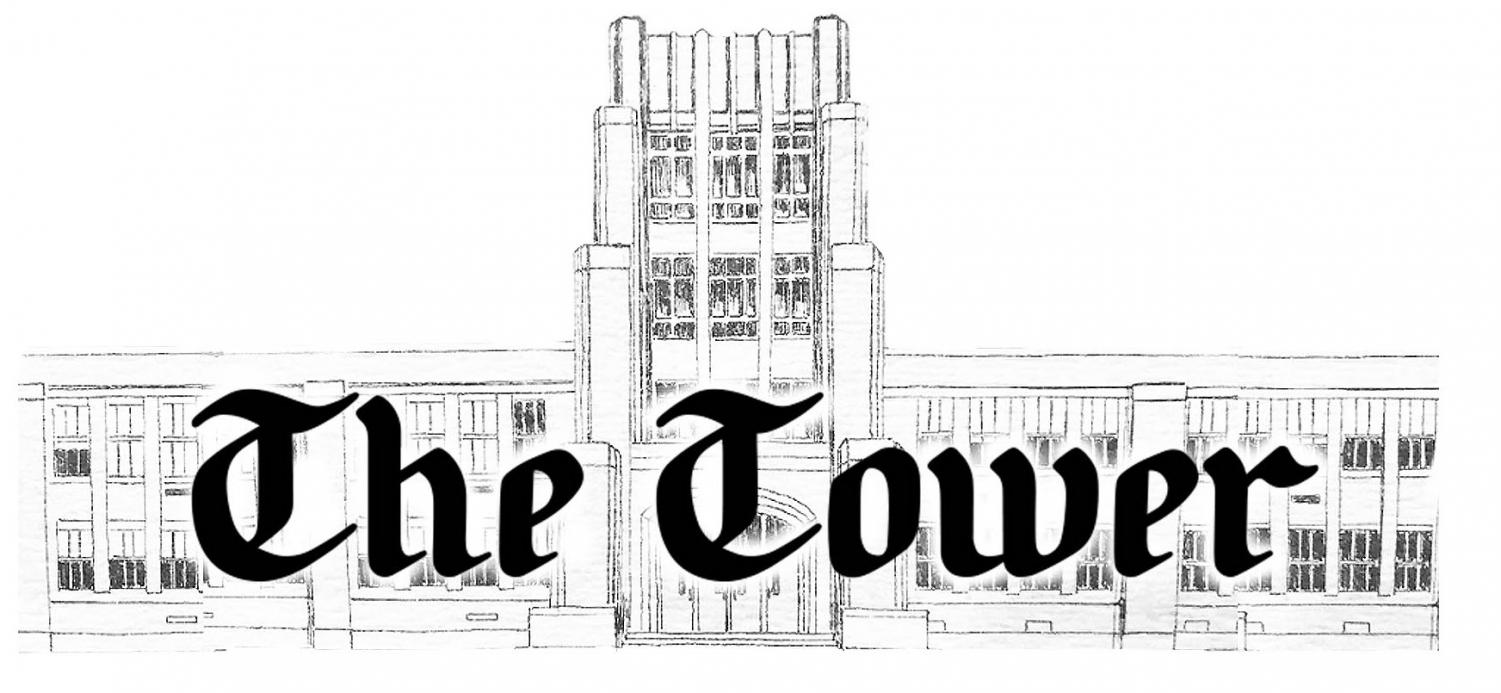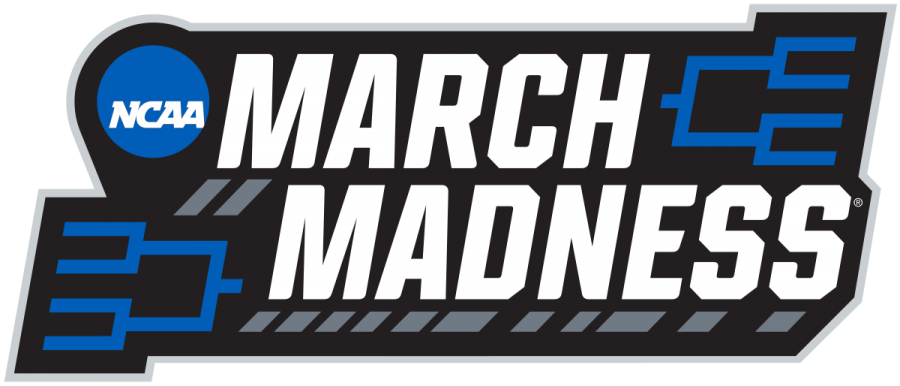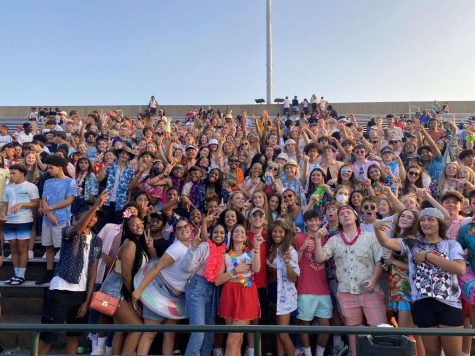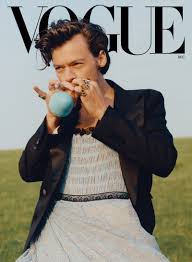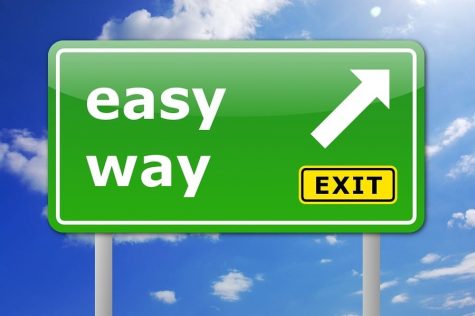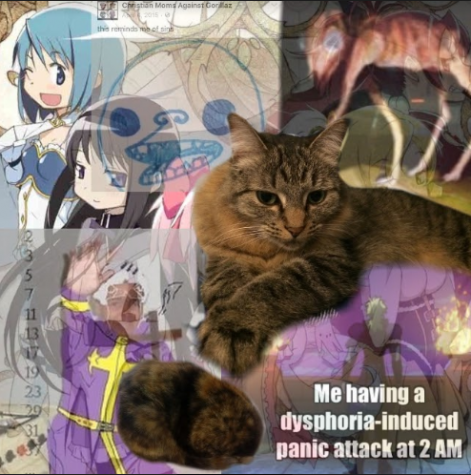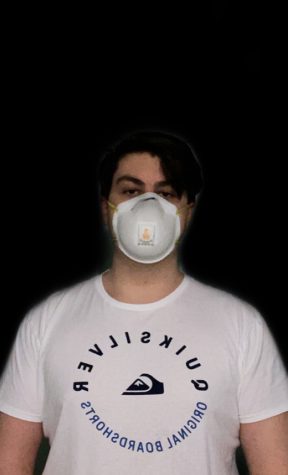The NCAA’s Scam
January 30, 2020
The NCAA makes $1 billion a year from the college sports it operates. The majority of that money coming from its annual college basketball tournament called March Madness. This roughly fifteen day period generates almost $1 billion from the games in which these eighteen-twenty-two year-olds play basketball. The athletes that generate this money are compensated only in financial aid and by NCAA rules are forbidden to be paid or use name, image or likeness for profit. The NCAA is completely wrong by doing this, as they are essentially stealing from these athletes. This practice of the NCAA is morally wrong and needs to be stopped.
According to CNN, the revenue generated from broadcasting rights and ticket sales were estimated to be roughly $3 billion in 2014. This statistic shows the gap in wealth between how much the NCAA makes from distributing its product, the basketball game, and how much the players make from creating the product $0. On February 20, 2019, Duke University played the University of North Carolina is one of the most highly anticipated sports games of the year. The average ticket to get into the game was $4,670, and the cheapest ticket to get into the game was roughly $3,000. This statistic, not including broadcasting revenue, is an insane figure that shows how highly profitable the NCAA. In contrast, the athletes who generated all this revenue for the NCAA made $0 from this game. The athletes are the ones taking the risk in this case. Many of the players playing in that game are NBA hopefuls, but any injury in these games can derail their future careers with no benefits from the games they played in college. This massive risk taken by every college athlete should be met with compensation from the corporation benefiting off of that same risk.
Many supporters of the NCAA say that the gift of a college education is all the athletes deserve. As shown by the previous statistics the billion dollars the NCAA generates is not equal to a college education, and even that promise is a lie. The majority of these athletes are not in college to learn. They are almost entirely motivated by their lifelong goal to play professional basketball. Many of these student-athletes come from black, disadvantaged, inner-city families, with poverty stricken backgrounds. While, in some cases, their tuition is being covered that does not cover food, room and board, or other things that these disadvantages athletes cannot afford. The NCAA has rigged the market of talented basketball players and created a monopoly where college is the only “reliable” way for athletes to be drafted professionally. If this issue was in any other job the workers or student athletes in this case would go on strike, but this is not an option for the athletes to go on strike because then they are essentially forfeiting their professional dream. While a college education is a valuable thing that is not what the athletes are there for so if no other reliable outlet is created to help them achieve their dream then the NCAA has to address the differences between the goals of students and student-athletes. This difference should account the opportunity for a college education, but it should also include a compensation cap for these student-athletes. The risk that these athletes are putting on the line is not compensated enough by the NCAA. These high-level athletes are going hungry at school, and the very least the NCAA can do is support the people making them the $1 billion.
This generational problem of treating these college athletes as amateurs is outdated and needs to be changed. The first step the NCAA can take is by allowing these athletes the ability to use their image and likeness for commercial use to help support themselves and their families. I agree with those that say a college education is a very valuable plan b for all of these players, but this does not solve the issue of these athletes being squeezed of everything their worth will only that piece of paper to stand for it. At the very least the NCAA has to pay these athletes a fixed income to support the time and effort they put into the NCAA’s business. There is a lot of change that needs to be made in the world of college sports and this is a great first step.
In conclusion, the NCAA’s practice of using student-athletes as a way to accrue more money is an unfair practice that needs to be stopped. This can be stopped by allowing athletes to benefit on their own image and likeness, as well as allowing colleges to pay their athletes up to a certain cap of money. This solution benefits both parties and will help create college sports as a more fair institution for fans, coaches, and players.
